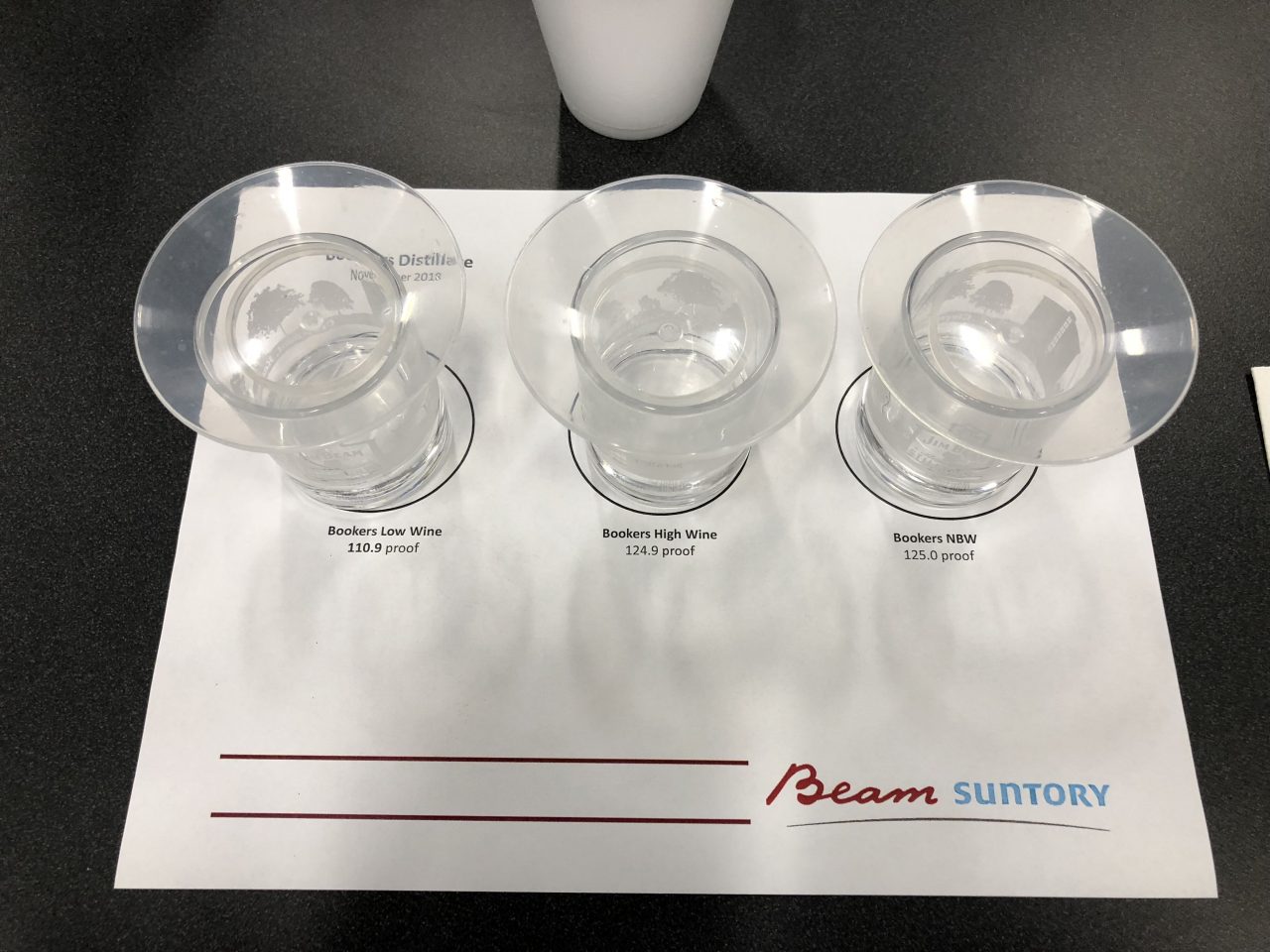Jim Beam Distillery Production Cheat Sheet
Back in late 2018, I was visiting the Jim Beam Distillery for the Booker’s 30th release. We toured the distillery and the distilling team mentioned that they were running Booker’s that day. After asking a few questions I found out that there are actually different production processes for most of the Beam bourbons. How did I not know this?!
Initially, Jim Beam Distillery only made two bourbons. A high-rye bourbon and a low-rye bourbon. After tasting, Beam would appropriate the different barrels to their different brands. Then Beam started to incorporate wood management. Meaning, they would place certain brands in different parts of the warehouse. I.e. I’ve heard it rumored that Baker’s often comes from higher in the warehouse while Booker’s is pulled from the center. Around 2008 (according to this Chuck Cowdery post) Beam began to adjust the production process for each bourbon. It gets a little confusing. I created this chart to help.

This makes me love Booker’s even more! It comes off the still, into the barrel and into the bottle without a drop of water.

16 comments
Love it Blake! Great research!
Does Baker’s use a different yeast than Booker’s, Knob Creek and Jim Beam?
That was really interesting. Thanks. Funny how Jim Beam is the one bourbon I really don’t like and Booker’s is my favorite (sorry, Pappy) and they start out with the same ratios.
It’s crazy how some small changes make a huge difference
Regarding Bookers: should be without additional drop of water. 125 proof by definition has water in it 🙂
This is interesting, I had always assumed that products of the same mashbill came off the still the same and where in the rickhouse, how long, and how well they age determined what product they become.
Are you saying that when the barrel is filled, they already know what product it will go into? How common is this?
That is correct. Not many are doing this. Most just work off of warehouse location, age, and taste to fill the brands.
Love Jim Beam!
Did they tell you the mash recipes? Fred Noe has been pretty adamant about not telling anyone Beam’s mashbill.
It’s kind of an unconfirmed fact. It’s slipped out over the years although they’re still pretty tight-lipped at the distillery.
Interesting, thanks for sharing! I guess I always thought Baker’s had a lower barrel entry proof as a way to stand apart from Knob Creek and Booker’s.
So it’s safe to assume the other Jim Beam labels – Black, Double Oak, BIB, SiB – all follow the same 75/13/12 & 135/125 specs that you list for White label?
Same assumption for the rest of the OGD offerings – the same specs as 114?
Hey Blake,
love it, great research tho! As a german ‘barrel proof’ is always a bit hard to understand because we measure it in ‘volume percent’. Your neat graphic helped in understanding.
Greetings
Very interesting. Thanks for sharing. Cheers, Ed